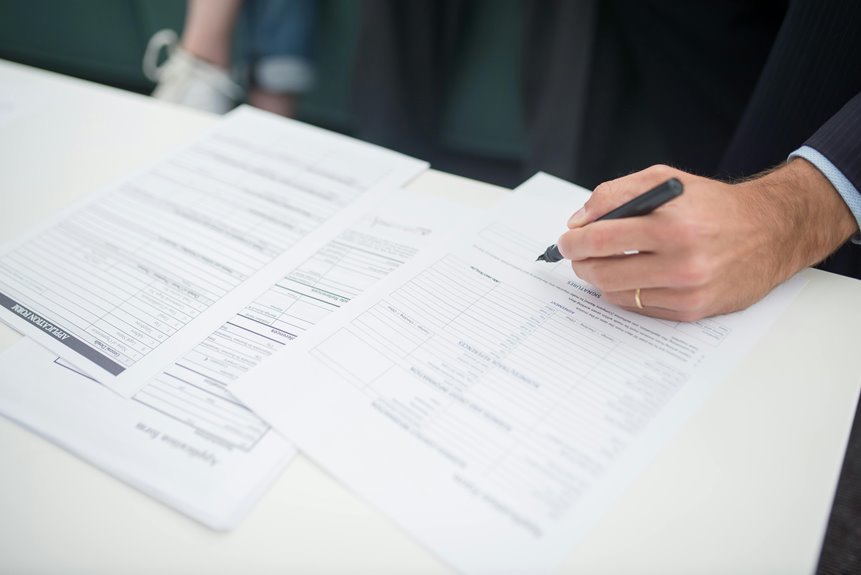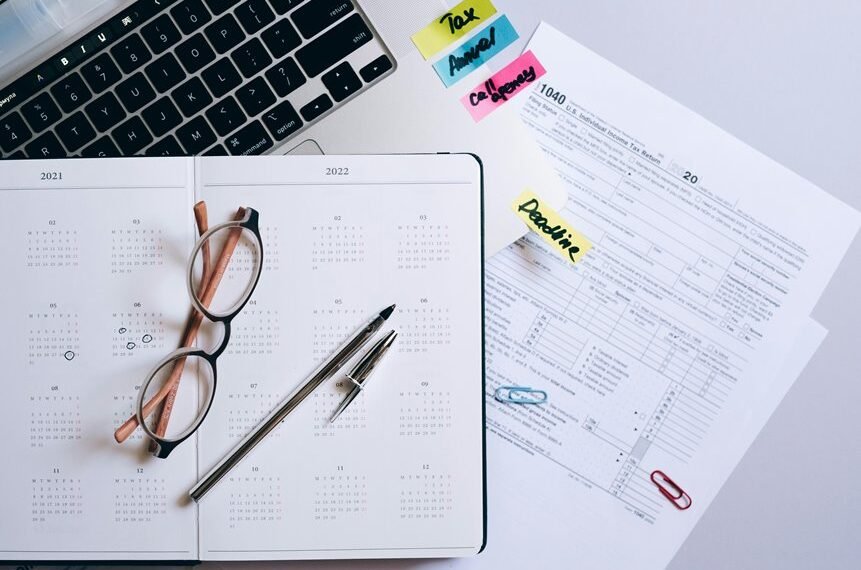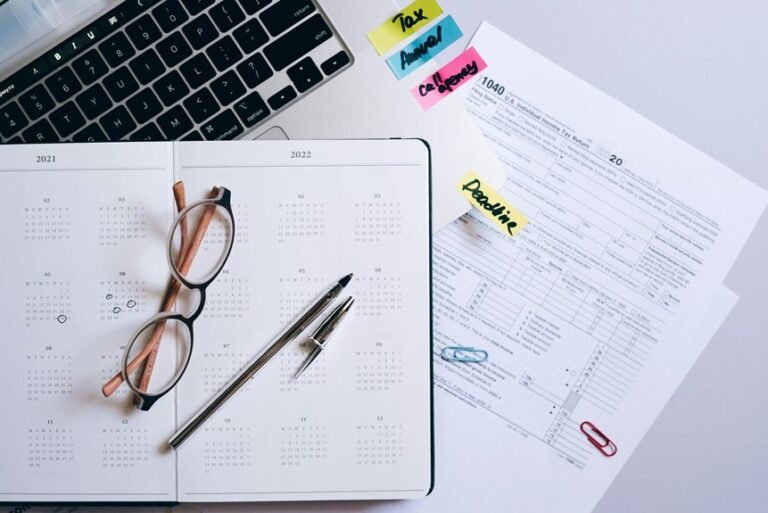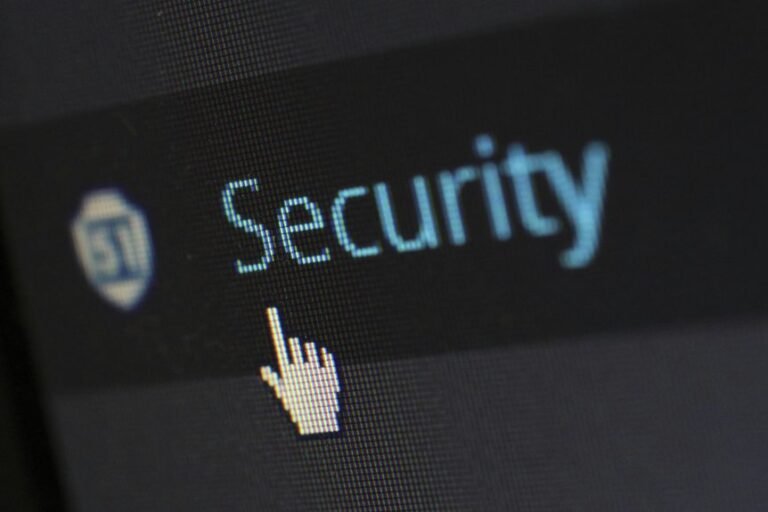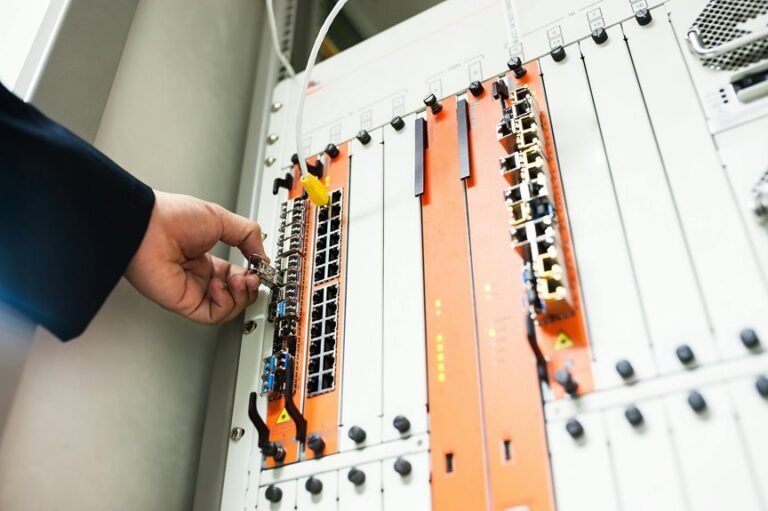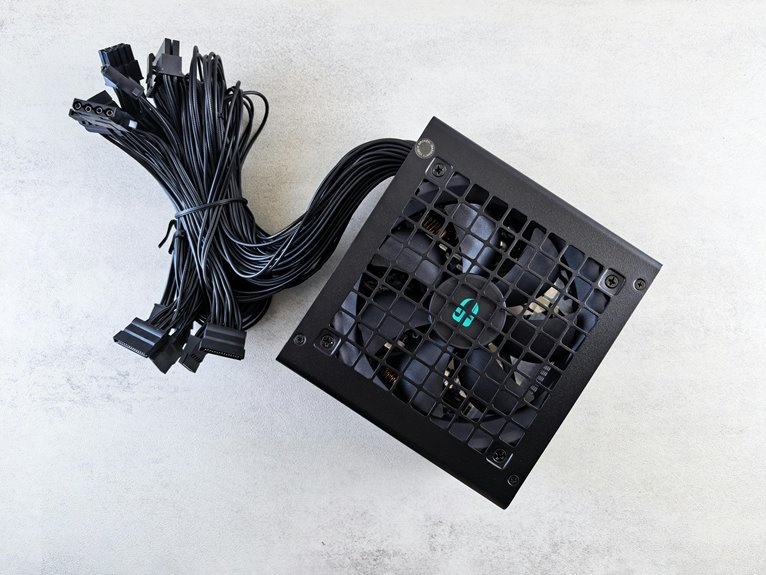Did you know that over 60% of consumers have experienced some form of phone fraud in the past year? The Telecom Caller Identity Verification Bureau plays a vital role in combating this issue through advanced verification processes. By understanding how the Bureau operates and the technology it employs, you can better protect yourself from evolving scams. So, what steps can you take to enhance your security in this digital age?
Importance of Caller Identity Verification
As the telecommunications landscape evolves, the importance of caller identity verification becomes increasingly critical.
Effective caller authentication methods are essential for robust identity theft prevention, safeguarding both individuals and businesses. By implementing advanced verification techniques, you enhance trust in communications, reduce fraudulent activities, and protect sensitive information.
Prioritizing caller identity verification empowers you to navigate the digital world with confidence and freedom from threats.
How the Bureau Operates
While ensuring caller identity verification is crucial for security, understanding how the Bureau operates is equally important.
The Bureau functions through systematic verification processes that authenticate caller identities before connections are made. It utilizes advanced technology to analyze data, ensuring accuracy and efficiency.
This transparency in operations promotes trust, allowing users like you to engage freely, aware of the verification integrity.
Protecting Consumers From Fraud
To effectively combat fraud, the Bureau implements robust measures designed to safeguard consumers during telecommunications interactions.
By enhancing consumer awareness, you can identify potential scams and suspicious calls.
The Bureau’s initiatives focus on fraud prevention, empowering you with knowledge and tools to recognize fraudulent behavior.
Staying informed and vigilant is key to protecting yourself against evolving threats in the telecom landscape.
Future Trends in Caller Verification Technology
With the rapid evolution of technology, caller verification methods are set to undergo significant advancements in the coming years.
You’ll likely see increased integration of biometric authentication, enhancing security by using unique physical traits.
Additionally, artificial intelligence will streamline verification processes, analyzing patterns to detect fraudulent calls in real-time.
These innovations promise to empower you with greater control over your communication privacy.
Conclusion
In a world where your phone rings more often with scams than genuine calls, you’d think verifying caller identities would be a top priority, right? The Telecom Caller Identity Verification Bureau’s efforts are commendable, but let’s not kid ourselves—until we can distinguish between a friendly voice and a digital con artist with a simple glance, you might want to keep those contact numbers on speed dial. After all, who needs peace of mind when you can have endless frustration?
